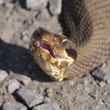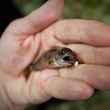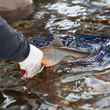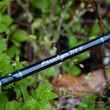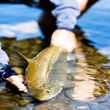Given the brand image put forth by both Smith Optics and Howler Bros., it will probably come as little surprise that the two brands have decided to collaborate on some co-branded products. But in addition to portraying a modern, casual image, both brands also regularly turn out quality gear. Smith Optics ChromaPop sunglasses, which are part of the collaboration, are some of the finest fishing tools available on the market and Howler Bros has been turning out stylish, functional and well-made fishing apparel for quite some time now. So, fans of either brand have a legitimate reason to have their interests piqued.
Smith is offering two of their existing frames, the Lowdown and Dockside, in special Smith X Howler Bros styles. The "lifestyle" Lowdown co-branded frame is available only in a plastic, non-ChromaPop polarized brown lens, while the more technical Dockside frame is available with every lens in the ChromaPop lineup.




